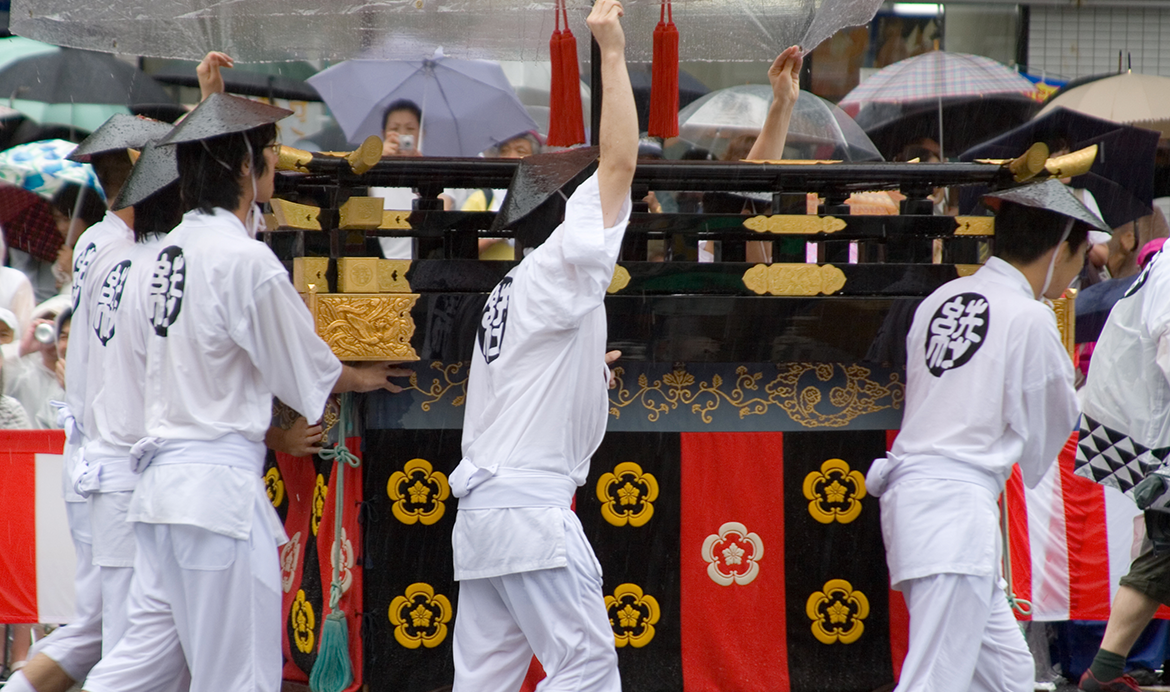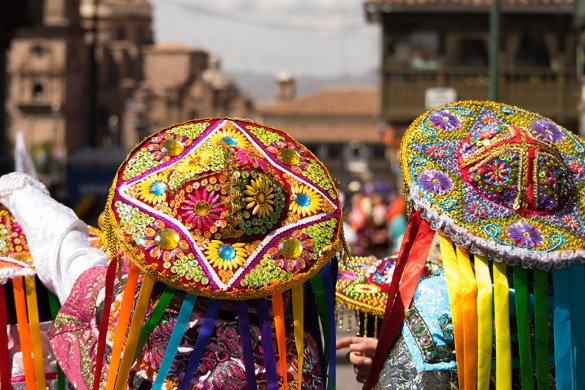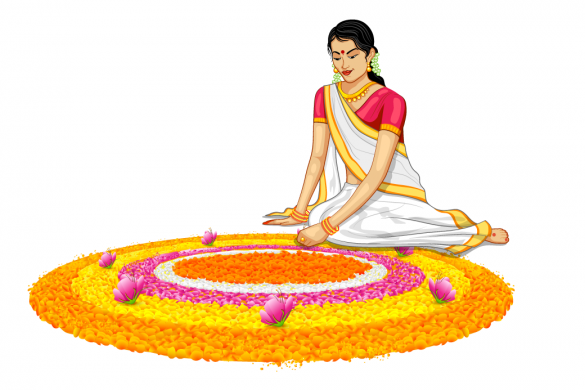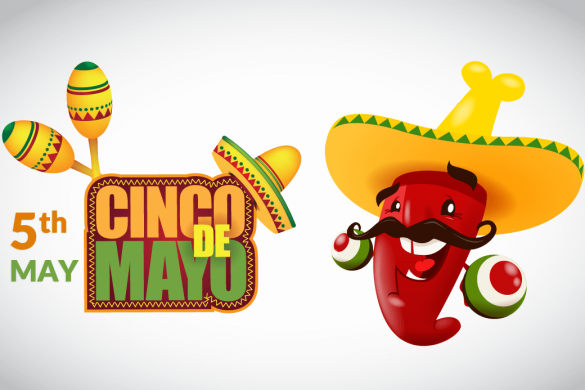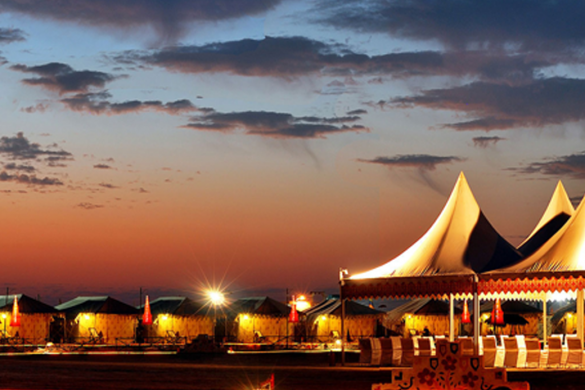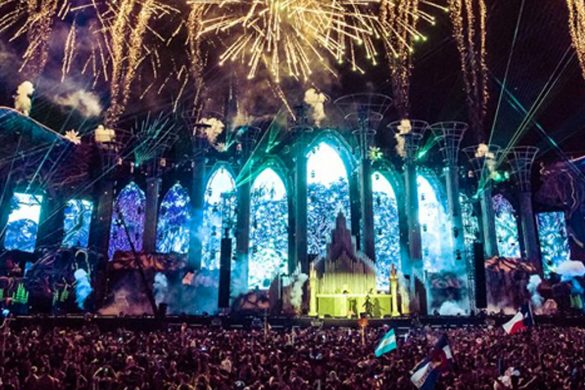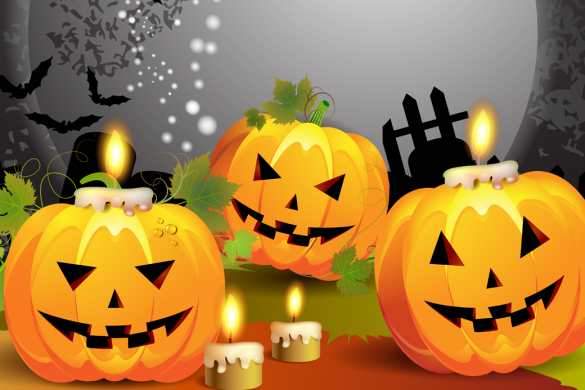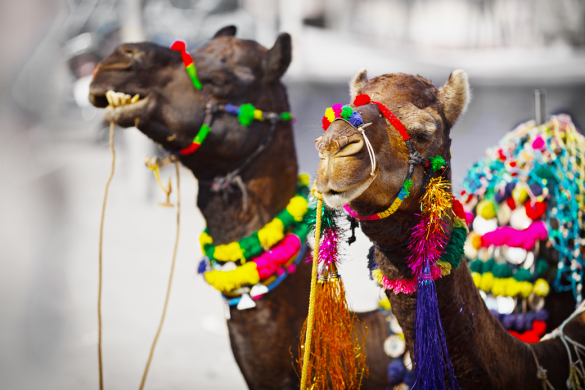Festivals are a wonderful way to experience a new place. And with hundreds of festivals all around the globe every month, there are plenty to choose from!
If you are looking for the ultimate cultural experience, you must visit Kyoto in Japan in the month of July. A festival called Gion Matsuri takes place every year in July and is believed to be one of the largest and most historical festivals in Japan with a history of almost 1200 years!
It all began when, just like several other places, Kyoto was hit with various kinds of disasters such as fires, floods, epidemics and earthquakes. To ward off these disasters, so-called ‘goryo-e festivals’ were held. The first one took place in 869 during the Heian period in order to stop a series of plagues. The Emperor Seiwa asked for special prayers to be conducted and call out Susanoo-no-Mikoto, the God of Yasaka Shrine, for help. 66 decorated halberds were set up at Shinsen-en Garden along with portable shrines known as mikoshi. This seemed to work as such disasters were put to an end and the whole procedure was repeated in case it struck again.
In 970, it became a yearly event but with a few exceptions. The festival was accompanied by floats, dances, musicians and many such entertaining things. During the Kamakura period (1185 – 1333), families of the kimono and craft industry saw this as a golden opportunity to flaunt their talent and expertise. The floats became bigger and bigger that the wheels had to be added. And since they became too heavy to be carried around, they had to be rolled instead. Owing to Kyoto’s growing prosperity, textiles from various other countries were imported and attached to the floats from the late 16th century onwards.
Fires destroyed the floats several times in the past, especially during the Edo period (1600-1868) and the Meiji period (1869-1912). However, the citizens of Kyoto, with their indomitable spirit, worked hard every time to rebuild them so that the festival could continue on schedule. Till date, the floats are kept in special storehouses in Kyoto and the local people take great care of them.
The events of the festival are held near Kyoto’s Gion district, mostly on the opposite of Kamogawa River. The highlight of the festival is the parade that takes place on the 17th of July and is called ‘Yamaboko Junko.’ In 2014, they resumed another parade after a long break of 48 years and starting holding it on the 24th of July. It is similar to the one on the 17th but with fewer and smaller floats.
You can check the floats up close and personal on the days before the parade and even access some of the floats if you wish. They are kept on display in their respective districts and are a great time for photography enthusiasts to click photographs!
Wooden signs are placed in front of each float with explanation of the name and some of the features of the floats. There are 32 floats in total consisting of two different types known as ‘yama’ and ‘hoko’. The floats are called ‘Yamaboko’ (yama + hoko). They are beautifully decorated with tapestries from Nishijin and from all around the world. They are dragged from Shijo towards the City Hall in Kyoto by participants who dress up in colourful kimonos. The star of the parade is a chigo, a local boy who rides the main yamaboko in Shinto robes and a golden phoenix crown. The young boy has to go through several weeks of purification for this parade.
The elegant movements of the yamahoko floats are fascinating and a pleasure to watch during the festival. So, go, pack your bags and book your tickets to Japan right away because this is a festival you surely don’t want to miss!
